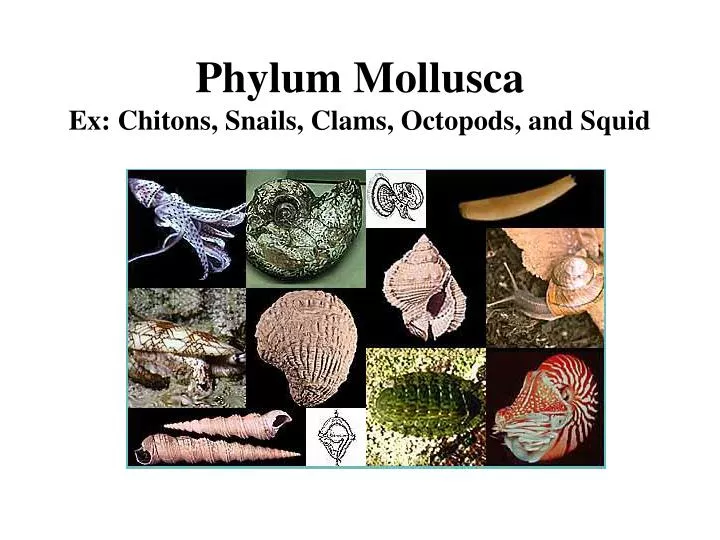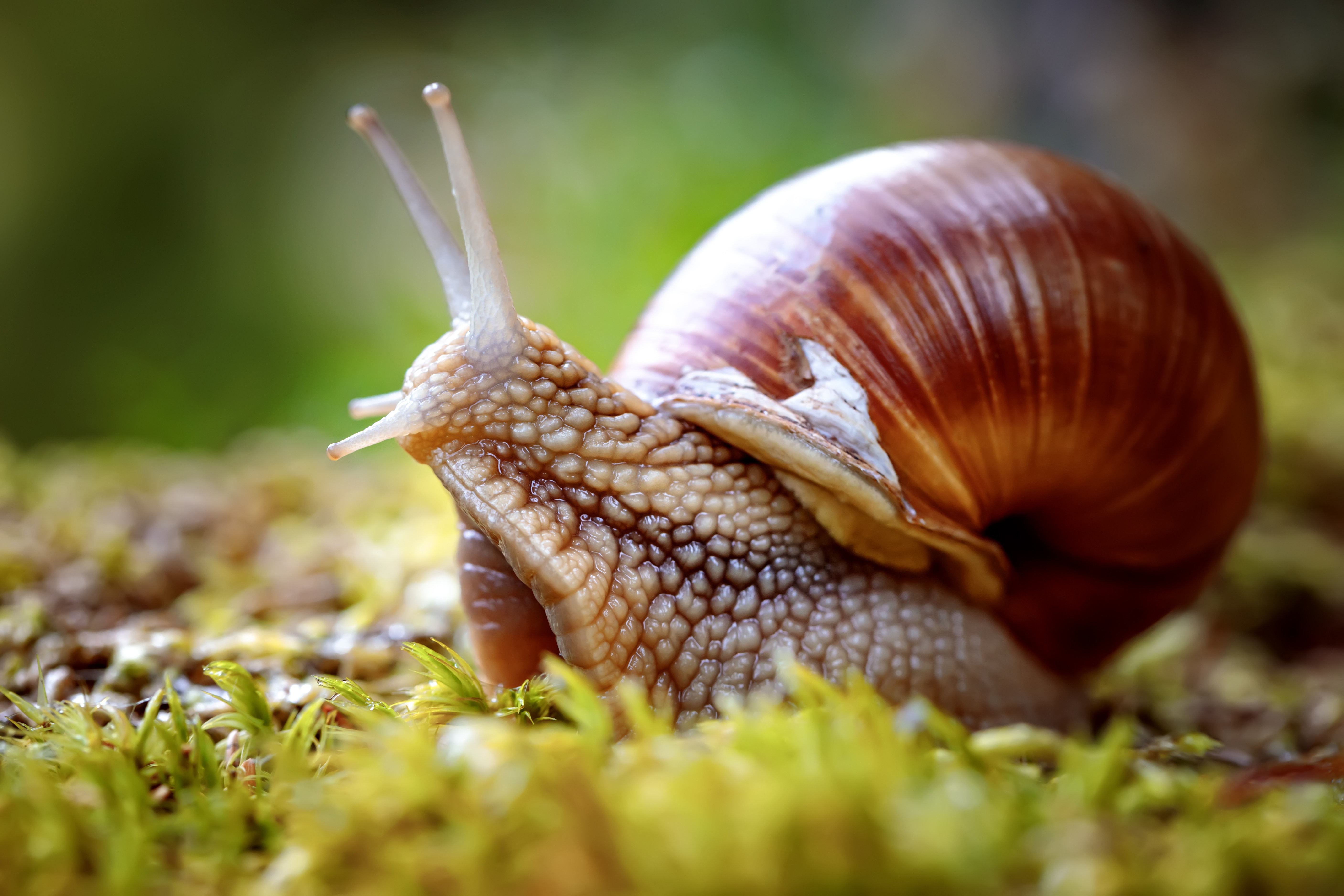


Running along side the intestine is the ink sac (17), which can discharge a load of ink through the anus (15) that may help to conceal the squid's escape from potential predators or perhaps startle them into retreating. Once partially digested, the food is diverted to a blind pouch called the intestinal cecum (15) where the process is completed, after which the remaining wastes are discharged through the anus (16). From there, the food passes through the esophagus into the stomach to be digested.

Prey are detected with large eyes (14), the sides of one of which is seen on the dissection. Squid are predators that capture prey with their arms (6) and tentacles (7) and dispatch the prey with a powerful beak (sometimes containing venom) inside of the mouth (9). After delivering its oxygen to the squid's tissues, poorly oxygenated blood is returned to the gills via an anterior vena cava (12) and two posterior vena cavae (13) to be pumped to the gills (2) by a pair of accessory hearts called branchial hearts (3). Blood is pumped to the body by a centrally located systemic heart (11). In terms of circulation, all cephalopods have a closed circulatory system. Except for a horny beak located inside the mouth (9), the squid has only a small vestige of an internal skeleton called a pen (10). Squids have eight arms (6) that bear suckers along their length and two tentacles (7) that bear suckers (8) only on their distal ends. A pair of lateral fins (5) helps provide stability during swimming. Note the large funnel, or siphon, (4) through which water is ejected to achieve a form of locomotion by "jet propulsion". It is these rings of mantle in the intact squid that are eaten as calamari in many restaurants! The gills (2) and major arteries on this dissected squid have been injected with red latex, while the branchial hearts (3) that supply blood to the gills and major veins have been injected with blue latex. During the dissection, a midline incision was made and both sides of the circular mantle (1) were deflected to the side to reveal the internal organs. This image (and the accompanying close-up view) show a specially prepared squid dissection encased in a Lucite block. Small food particles (such as foraminiferans) from the surrounding sediment are captured by 100-200 sticky tentacles called captacula, which are then transported to the mouth. Unlike many molluscs, scaphopods lack ctenidia (gills), a heart and a circulatory system, and blood circulates through the various sinuses of the hemocoel as a consequence of the foot's rhythmic movements. Their shells grow linearly as a hollow, curved tube with an opening at each end water enters and leaves the narrower end, which protrudes above the substrate. Tooth and tusk shells live sedentary lives buried in sand or mud substrates, mostly in water as deep as 6 km.
:max_bytes(150000):strip_icc()/GettyImages-1030837358-561236dbc709464e93d8555bc39dd487.jpg)
In comparison to other molluscs, scaphopods are a "young" group, appearing in the fossil record about 450 million years ago during the Ordovician period, and present evidence suggests that they had the same ancestor as the bivalves. Scaphopods range in size from 4 to 25 cm long (although most species are 2.5-5 cm in length). The Class Scaphopoda contains about 400 species of molluscs called tooth or tusk shells, all of which are marine.


 0 kommentar(er)
0 kommentar(er)
